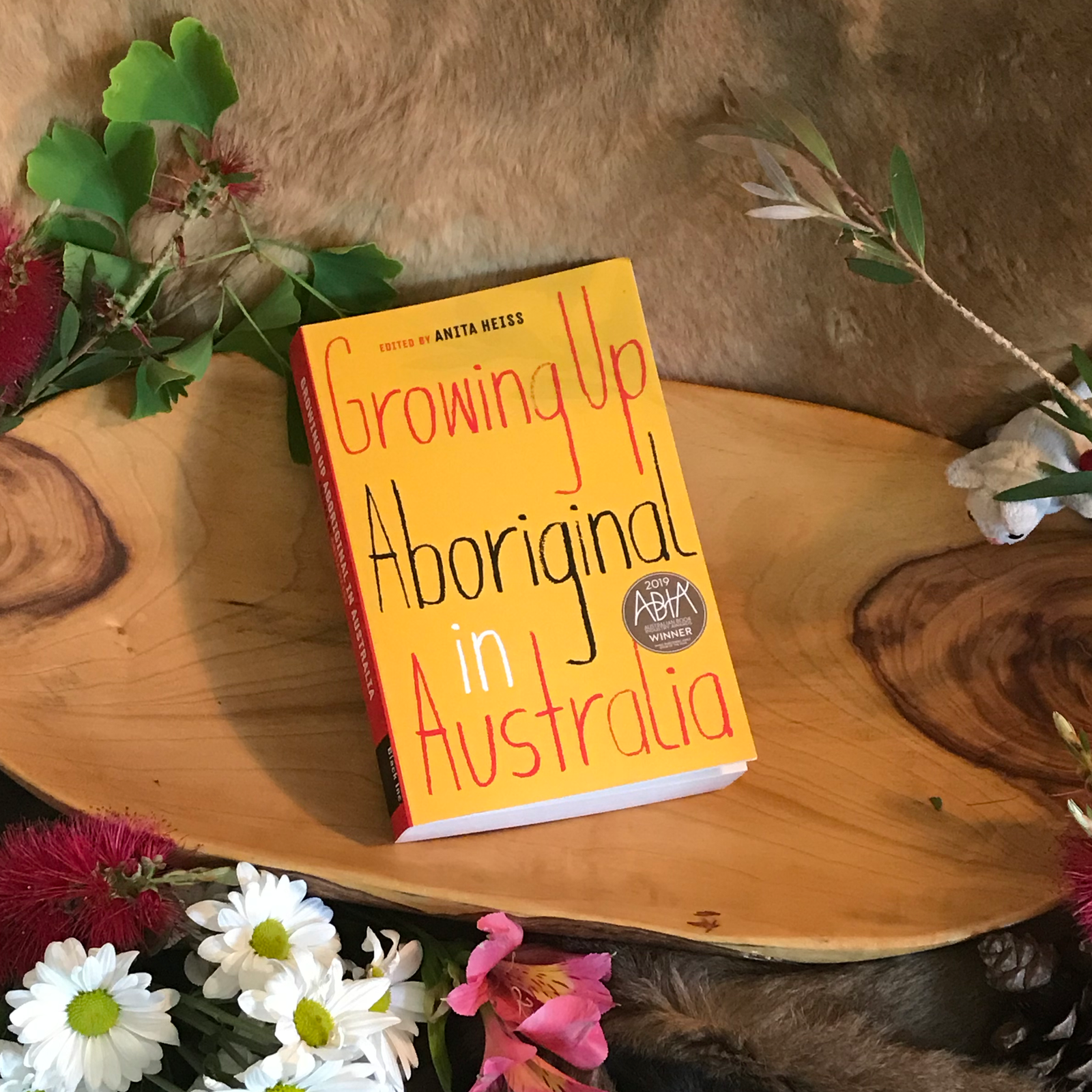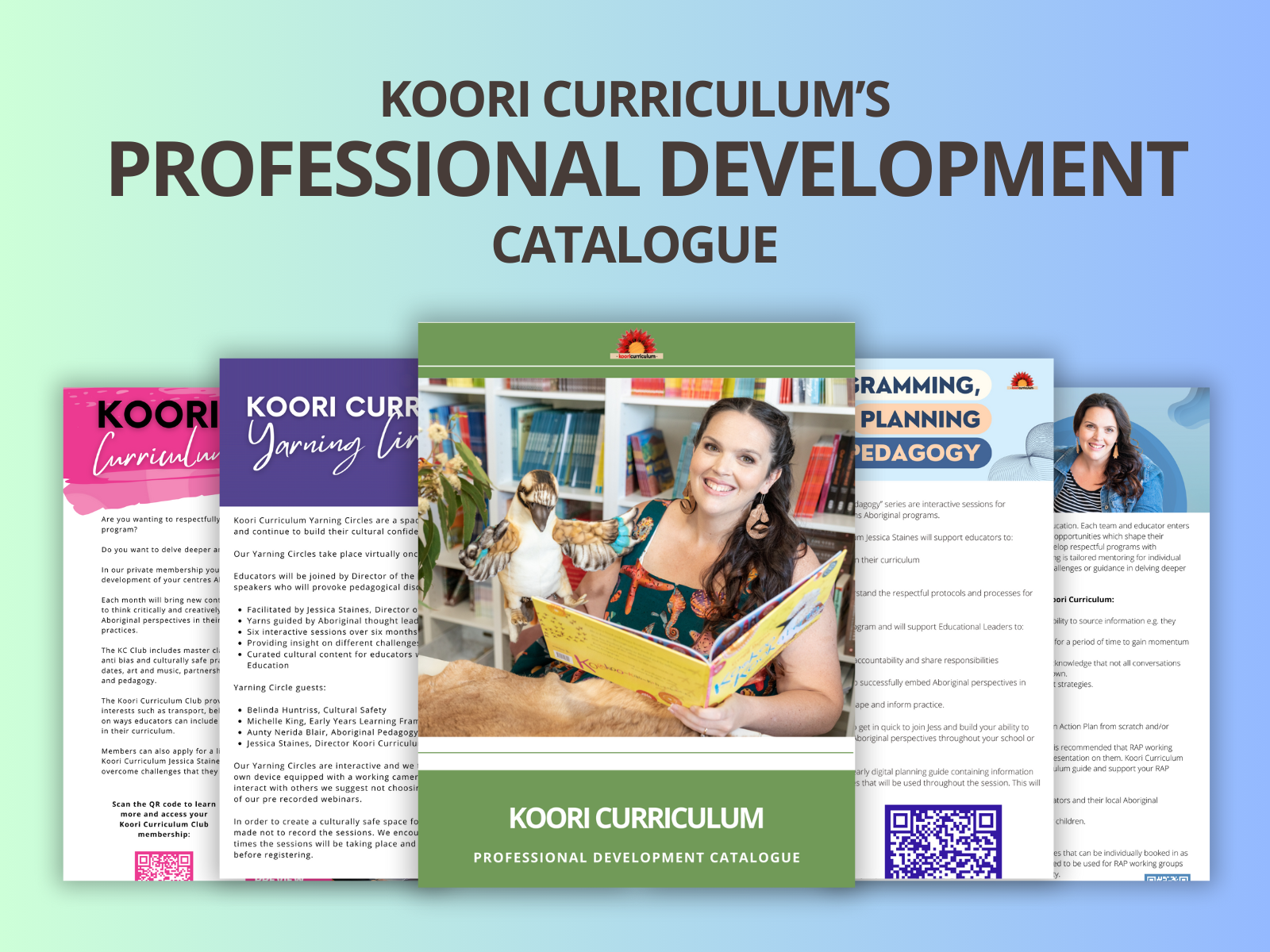
Top Books for International Womens Day

"Growing Up Aboriginal" By Anita Heiss (Paperback)
Childhood stories of family, country and belonging.
What is it like to grow up Aboriginal in Australia?
This anthology, compiled by award-winning author Anita Heiss, showcases many diverse voices, experiences and stories in order to answer that question.
This book is a great reflective reading for early childhood educators.

"Aunty's Wedding" by Miranda Tapsell & Joshua Tyler. Illustrated by Samantha Fry
A Tiwi-Island girl prepares for Aunty's wedding with help from her maningawu in this vibrant picture book by the popular actor and writers of Top End Wedding and the highly acclaimed illustrator of Alfred's War.
Everyone on the island is getting ready for Aunty's wedding. Maningawu puts on her best hat and I can wear a wurrijinga in my hair. Lucky! We all dress up, but I still don't understand. Why do people have a wedding?

"Collecting Colour" By Kylie Dunstan
Collecting Colour
was inspired by author and illustrator Kylie Dunstan's time spent as an Arts Officer at a community centre in Arnhem Land, Northern Territory.
One of her duties was to take the local women out on bush trips to collect pandanus and colour for weaving and dyeing the mats and baskets sold in the Arts Centre.



